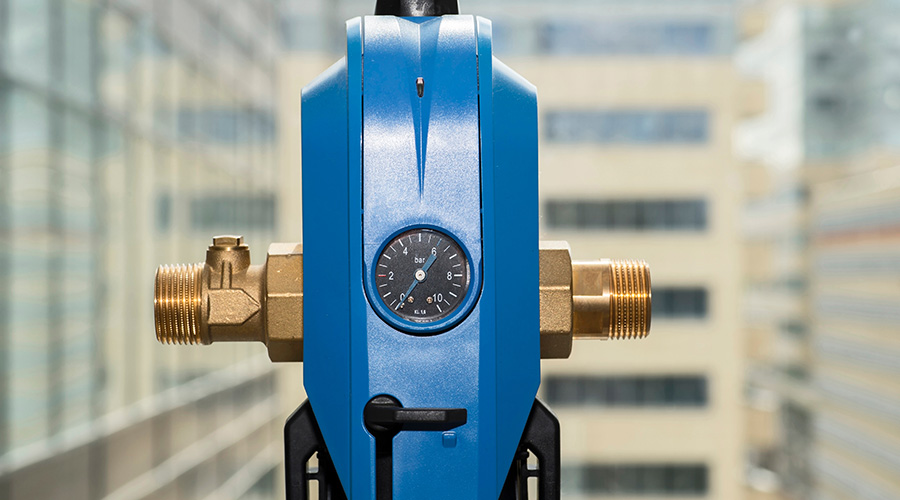Making Waterless Urinals Work
April 4, 2011
I'm Dan Hounsell, editor of Maintenance Solutions magazine. Today's topic is, waterless urinals.
Installing or retrofitting restrooms with waterless urinals is relatively straightforward and simple. Most waterless urinals attach to the wall, similar to traditional urinals. The only difference is installers do not need to connect these urinals to existing water lines.
Before beginning a retrofit with waterless urinals, maintenance and engineering managers must check for several prerequisites:
• The piping must have adequate drain slope; 1/4 inch per foot typically is recommended.
• Installers must use suitable piping materials.
• Existing piping must be cleaned with a power snake.
• Finally, installers need to follow the manufacture’s instructions.
Maintaining waterless urinals is not much more difficult than maintaining conventional urinals. As with traditional urinals, housekeepers should clean and disinfect waterless urinals daily. In high-traffic areas, cleaning should occur more often.
Depending on the type liquid-sealant cartridge, replacement might depend on elapsed time or the number of flushes. For urinals without cartridges, housekeepers should perform a bi-weekly flushout, which entails purging the urinal with 1 gallon of water to force out remaining liquid sealant and waste.
The next step involves using a recommended cleaning agent. The housekeeper should pour 2 more gallons of water into the urinal drain to clean the piping. The final step is to replace the liquid sealant. Dry-type cartridges do not require replacement, but workers should remove them regularly and flush any sediment.
Keeping a log is helpful to track sealant and cartridge changes and maintenance, as well to provide the exact manufacturer specifications regarding cleaning agents and maintenance procedures.
One benefit of liquid-seal waterless urinals is they contain no mechanical devices. This means workers do not need to repair or replace flush valves. While managers will not need to worry about stocking valve bodies or components such as diaphragms, they will need to stock sealant and cartridges.
Next
Read next on FacilitiesNet







